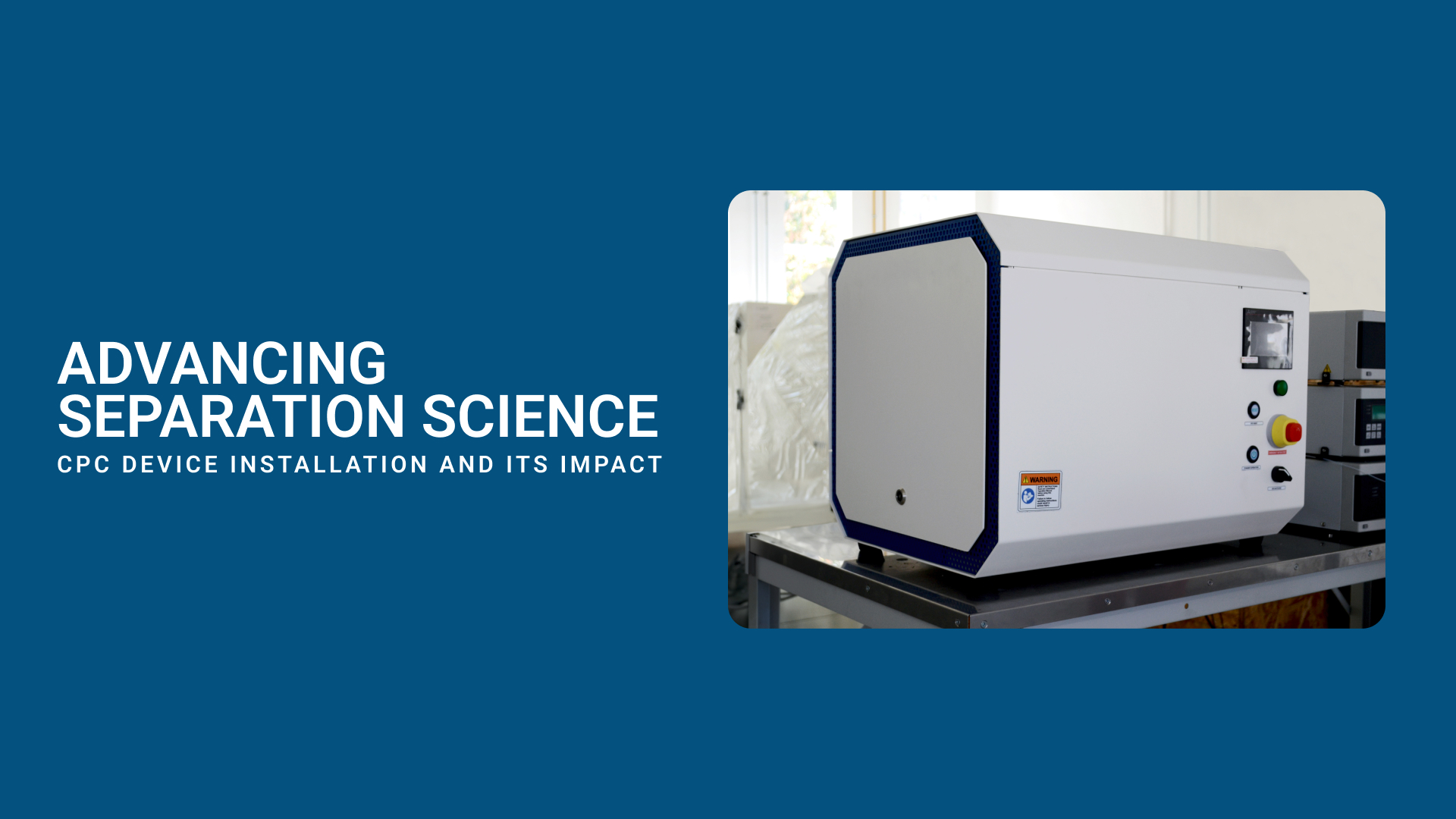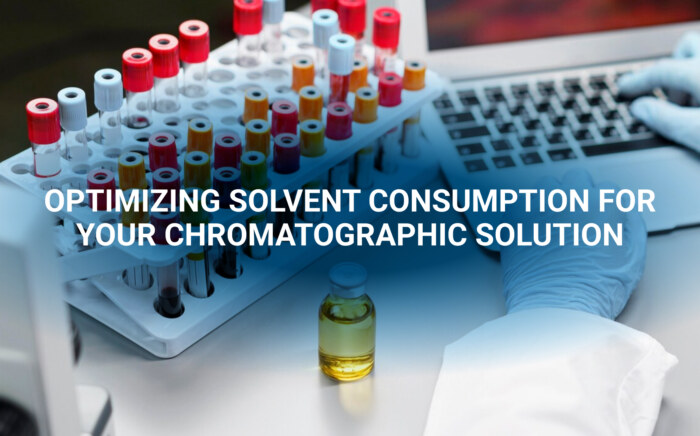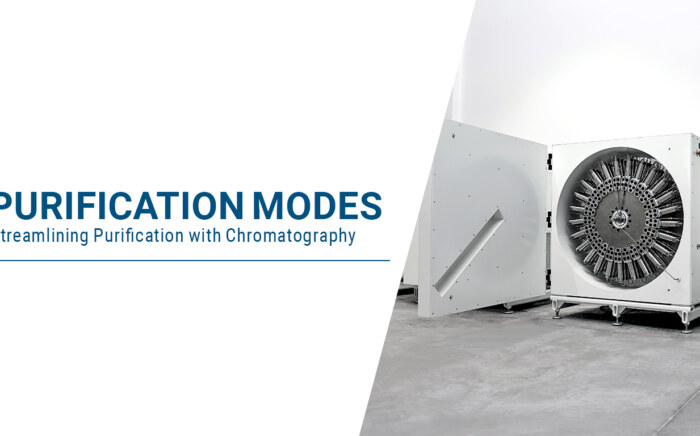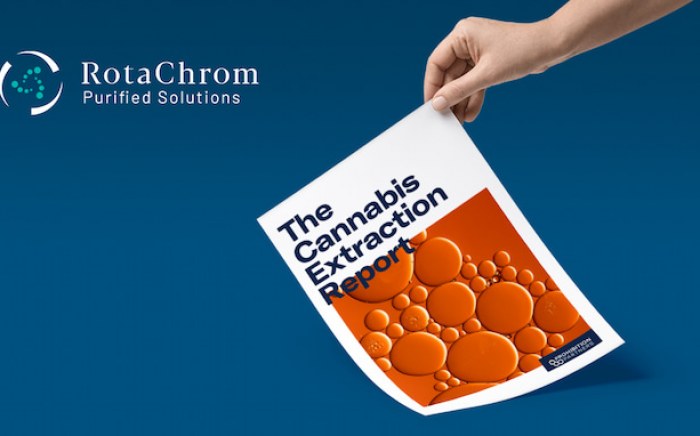Advancing Separation Science: CPC Device Installation and Its Impact
NewsChromatography continues to evolve, offering more efficient and sustainable solutions for complex separation tasks. Among the emerging technologies, centrifugal partition chromatography (CPC) stands out as a powerful liquid-liquid separation technique. With its ability to purify biomolecules and natural products without the need for solid support, CPC is gaining traction in both research and industrial settings.
Hanmi Pharmaceutical and RotaChrom Collaboration
Hanmi Pharmaceutical has partnered with RotaChrom to develop advanced separation methods for biomolecules using the CPC Modeler system. This collaboration aims to enhance the purification of nucleotides, lipids, and peptides, enabling more efficient workflows in pilot-scale production. To support this initiative, raw materials and analytical columns were provided to streamline development efforts at RotaChrom’s Dabas site.
By leveraging CPC technology, Hanmi Pharmaceutical seeks to optimize purification processes, reduce waste, and improve the yield and quality of biomolecules. This ongoing partnership highlights the growing importance of CPC in pharmaceutical research and production.
Installation and Training Milestones
RotaChrom’s team spent 9 days at Hanmi Pharmaceuticals’ facility where they installed the Benchtop CPC device and began method development. The agenda of the 9 days were as follows:
Day 1
- After a tour at our customer’s facility, installation/method development steps and the required equipment/tools were discussed.
- The CPC Modeler was unpacked and moved to its laboratory desk.
Day 2
- Power and communication cables were successfully connected to the CPC Modeler system. Electrical and communication connections were checked after system energization, with no issues found.
- The liquid path piping was flushed with deionized water, confirming no leaks.
- Flow rate calibration was conducted at 50 ml/min, with measured volumes matching expectations.
- A pressure rise test was performed at multiple flow rates, confirming stable pressure.
- The rotor speed test was successfully completed, reaching desired rpm.
Day 3
- Fraction collector test was successfully completed.
- Installation and Operational Qualification (IQ and OQ) as part of the Site Acceptance Test (SAT) were successfully completed.
- Further installation steps were conducted successfully.
Day 4
- Both software and device training were completed, and the installation of the CPC Modeler system was completed, ready for method development.
Day 5
- RotaChrom’s Senior Research Scientist, Anita Kiss delivered an advanced training about the physical and chemical fundamentals of LLC; method development, in silico predictive support & toolset and many more.
- In the afternoon, the customer’s researchers learned the software tool and method writing.
Day 6
- Method development was conducted with two samples supplied for preliminary testing.
Day 7-9
- Further CPC methods were refined and tested based on the results of the previous days.
Conclusions
The successful installation and training process for the CPC Modeler system marks a significant milestone in the collaboration between Hanmi Pharmaceutical and RotaChrom. This initiative not only demonstrates the practical advantages of centrifugal partition chromatography but also reinforces its growing role in modern separation science. With a fully operational system and a dedicated team, the foundation is now set for developing innovative, efficient, and sustainable purification methods that will shape the future of biomolecule research and production.



